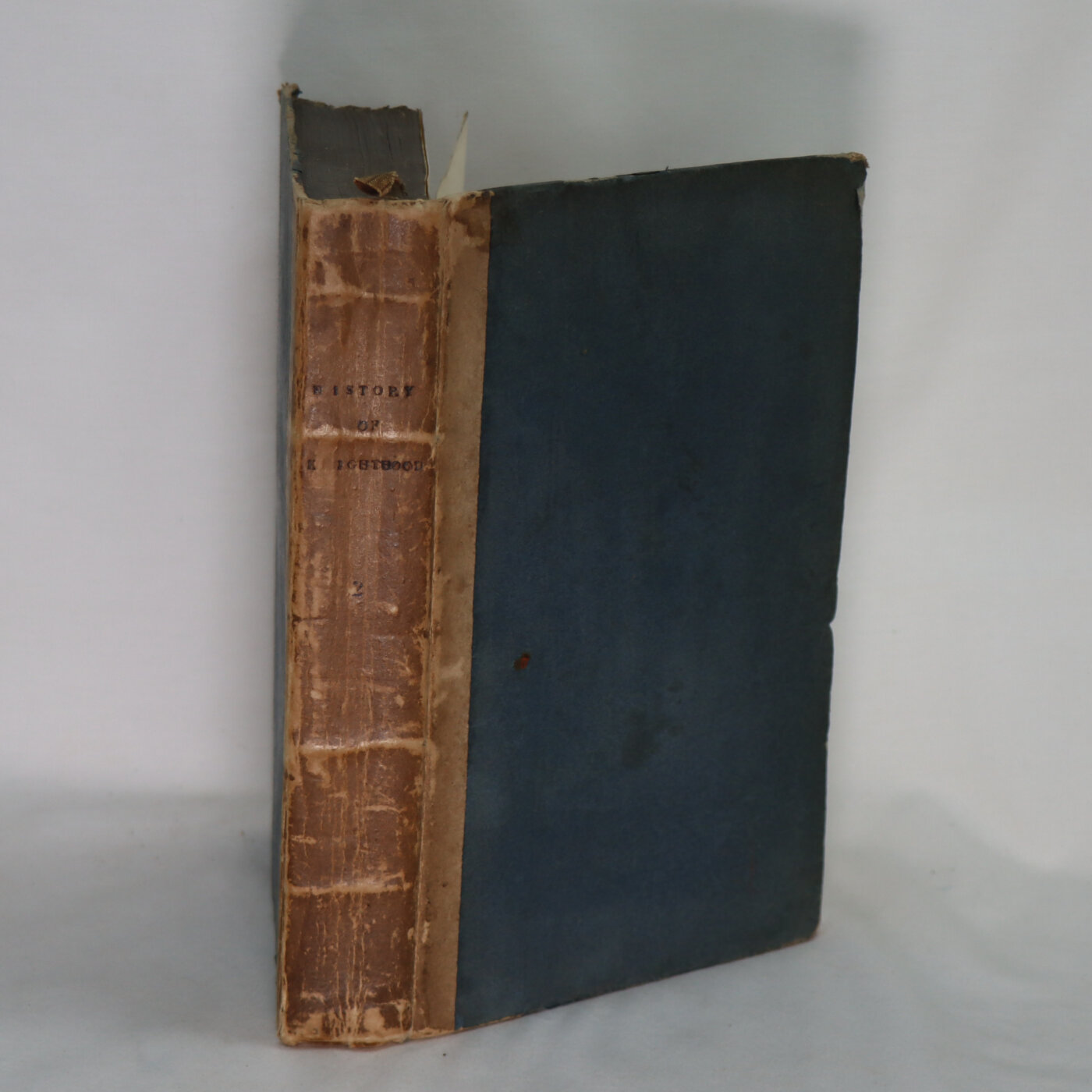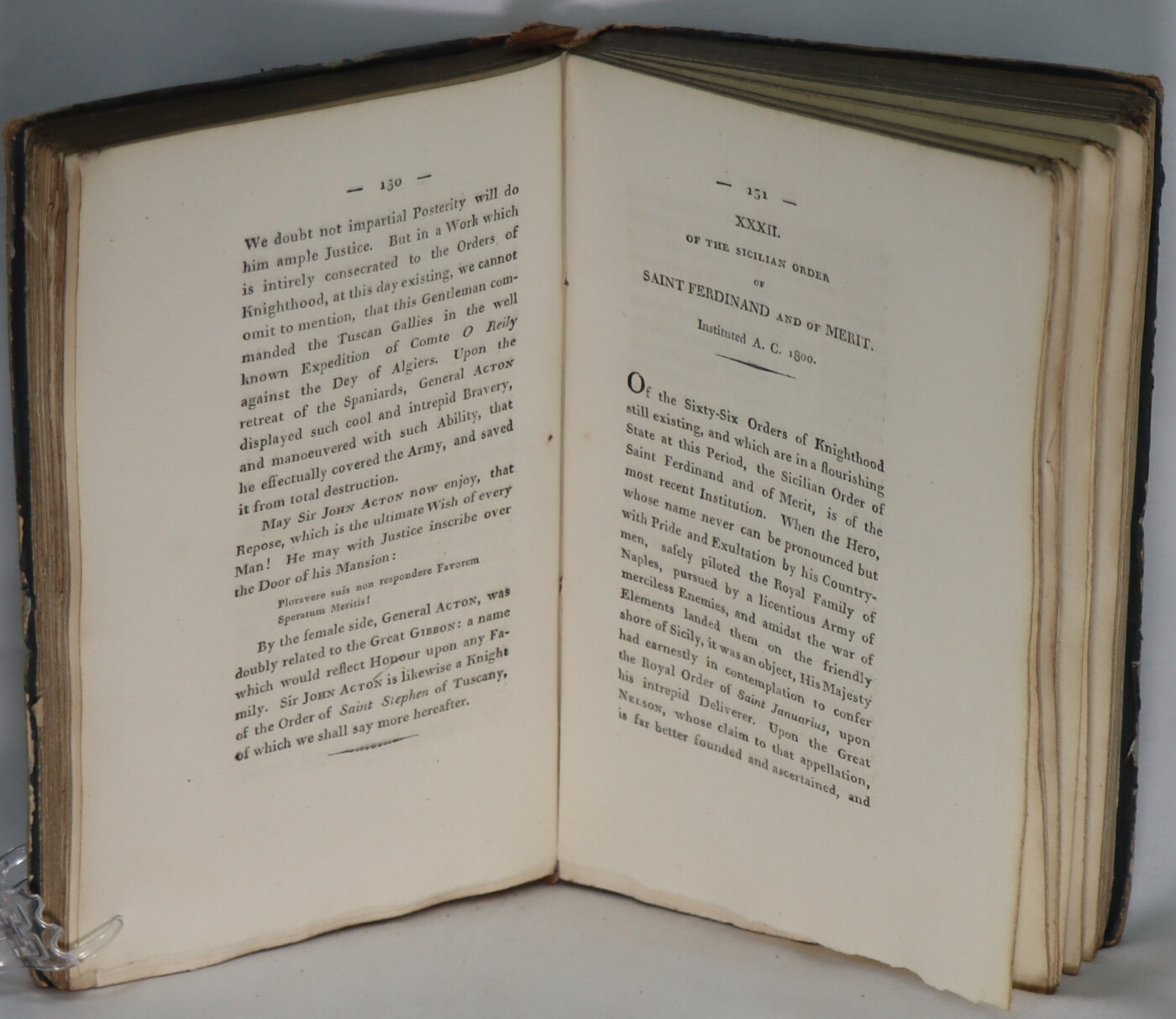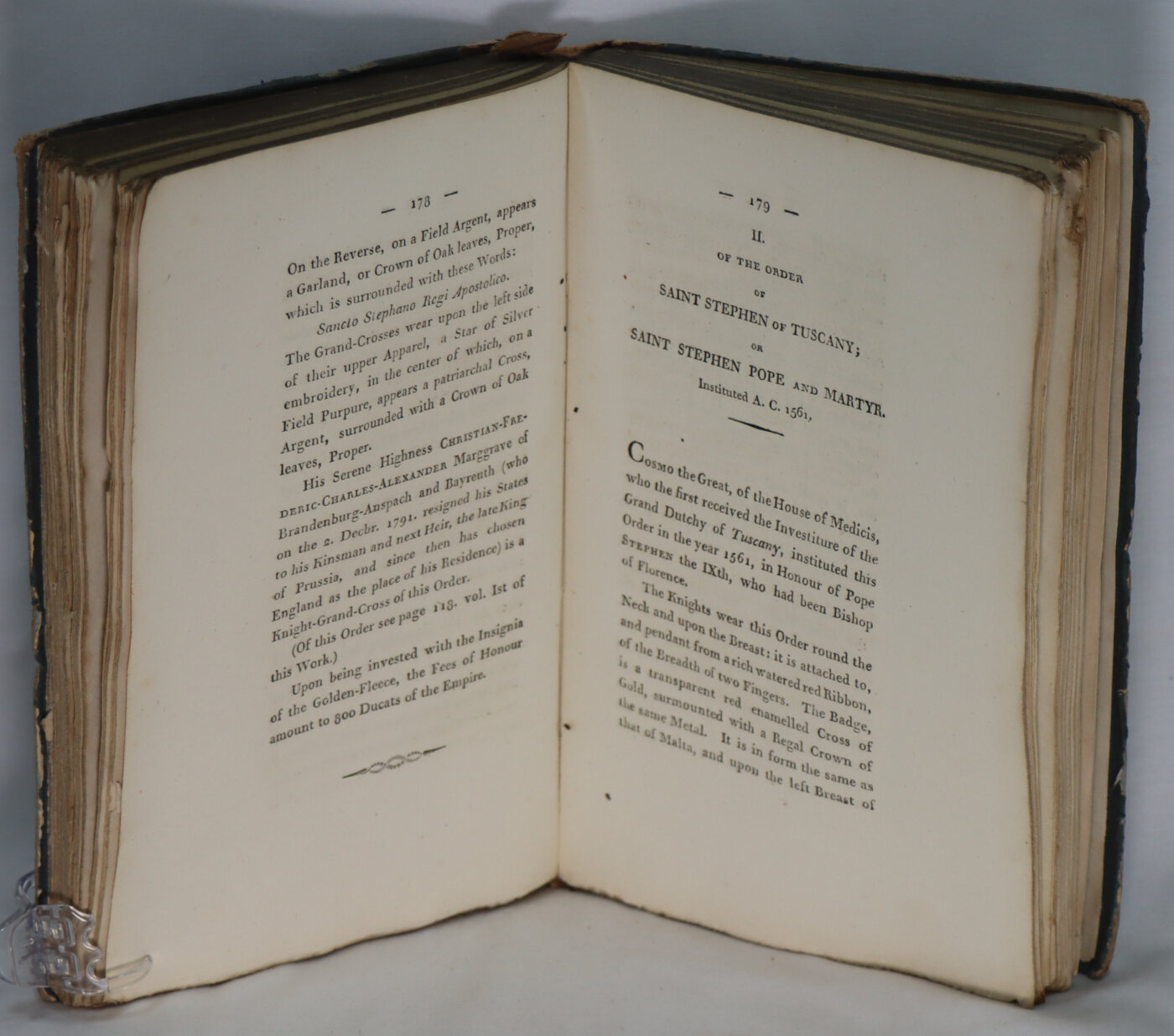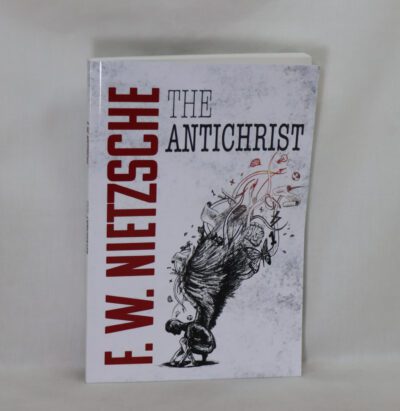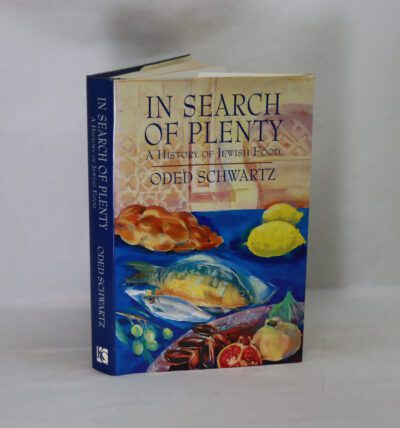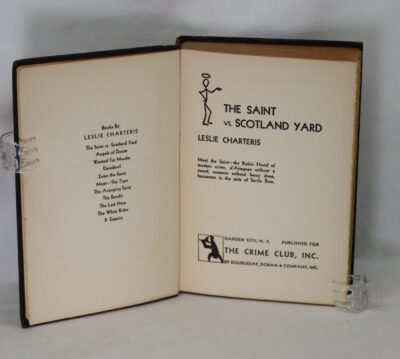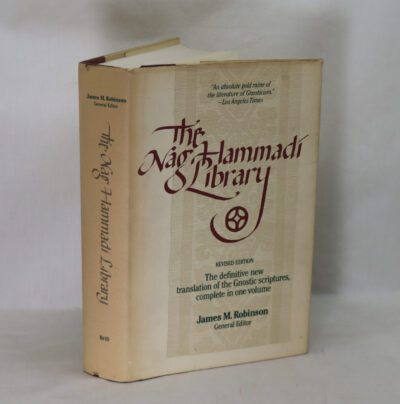The Orders of Knighthood.
Printed: 1784
Publisher: J White. London
| Dimensions | 14 × 22 × 4 cm |
|---|---|
| Language |
Language: English
Size (cminches): 14 x 22 x 4
Condition: Very good (See explanation of ratings)
FREE shipping
Item information
Description
Tan cloth spine with black title. Blue boards.
- We provide an in-depth photographic presentation of this item to stimulate your feeling and touch. More traditional book descriptions are immediately available.
- Note: This book carries a £5.00 discount to those that subscribe to the F.B.A. mailing list.
Volume 2: A Concise History of Knighthood. Containing the Religious and Military Orders which have been Instituted in Europe. With Descriptions of Their Mantles, Caps, Collars, Stars, Ribbons, and Mottoes. Also Accounts of the Installations of the Garter, Bath, Thistle, and St. Patrick; and Correct Lists of the Knights of Each. To which is Added the Antient Ceremonies Used at Duels, Combats, Justs, and Tournaments. The Whole Imbellished with 82 Copper Plates, Comprising 116 Orders, Accurately Drawn and Neatly Engraved. Being the Completest Collection Ever Published in Great Britain. In One Volume. Collected from the Best and Most Approved Prints and Manuscripts.
Hard Cover. First Edition in publishers cloth binding. A very nice copy of a scarce original edition.
An order of chivalry, order of knighthood, chivalric order, or equestrian order is an order of knights, typically founded during or inspired by the original Catholic military orders of the Crusades (c. 1099–1291) and paired with medieval concepts of ideals of chivalry.
Since the 15th century, orders of chivalry, often as dynastic orders, began to be established in a more courtly fashion that could be created ad hoc. These orders would often retain the notion of being a confraternity, society or other association of members, but some of them were ultimately purely honorific and consisted of a medal decoration. In fact, these decorations themselves often came to be known informally as orders. These institutions in turn gave rise to the modern-day orders of merit of sovereign states.
Overview: An order of knights is a community of knights composed by order rules with the main purpose of an ideal or charitable task. The original ideal lay in monachus et miles (monk and knight), who in the order – ordo (Latin for ‘order’ / ‘status’) – is dedicated to a Christian purpose. The first orders of knights were religious orders that were founded to protect and guide pilgrims to the Holy Land. The knightly orders were characterized by an order-like community life in poverty, obedience and chastity, which was linked with charitable tasks, armed pilgrimage protection and military action against external and occasionally internal enemies of Christianity. Examples are the Knights Templar, Knights of the Holy Sepulchre officially called The Equestrian Order of the Holy Sepulchre of Jerusalem, founded in 1090, the Order of St. John and the Order of Malta. These communities only became orders in the sense of canon law through papal recognition of their own binding rules of order and through the dissolution of ecclesiastical diocesan organizations.
In addition to the religious orders of knights, courtly orders of knights emerged in many European royal houses from the middle of the 14th century. This enabled the monarchs and princes to create a reliable household power independent of the church and to combine their court life with knightly virtues. During this time, the Burgundian court culture was leading and so the Order of the Golden Fleece, founded there in 1430, was for many a model in the sense of a princely order based on the ideals of Christian chivalry.
In the course of time, many orders of knights have been dissolved due to a lack of people or the field of activity has changed. So in many areas the charitable aspect and nursing came to the fore. There were also dissolutions for political reasons, such as the Knights Templar in 1312 or many orders of knights as opposition by Nazi Germany. While the Knights Templar was not re-established, some orders were reactivated after the end of World War II and the fall of the Iron Curtain.
There are repeated attempts to revive or restore old orders of knights. Often, old knight orders are used today to honor personalities. For example, the British Queen Elizabeth II regularly appointed new members to the Order of the British Empire in the 21st century. In Central Europe, for example, the Order of St. George, whose roots also go back to the so-called “last knight” Emperor Maximilian I, was reactivated by the House of Habsburg after its dissolution by Nazi Germany. Meanwhile, to this day, deserved personalities in republican France are highlighted by being awarded the Knight of the Legion of Honour. In contrast, the knights of the ecclesiastical orders of knights such as the Sovereign Military Order of Malta and the Order of St. John mainly devote themselves to social tasks, nursing and care.
Want to know more about this item?

Share this Page with a friend

